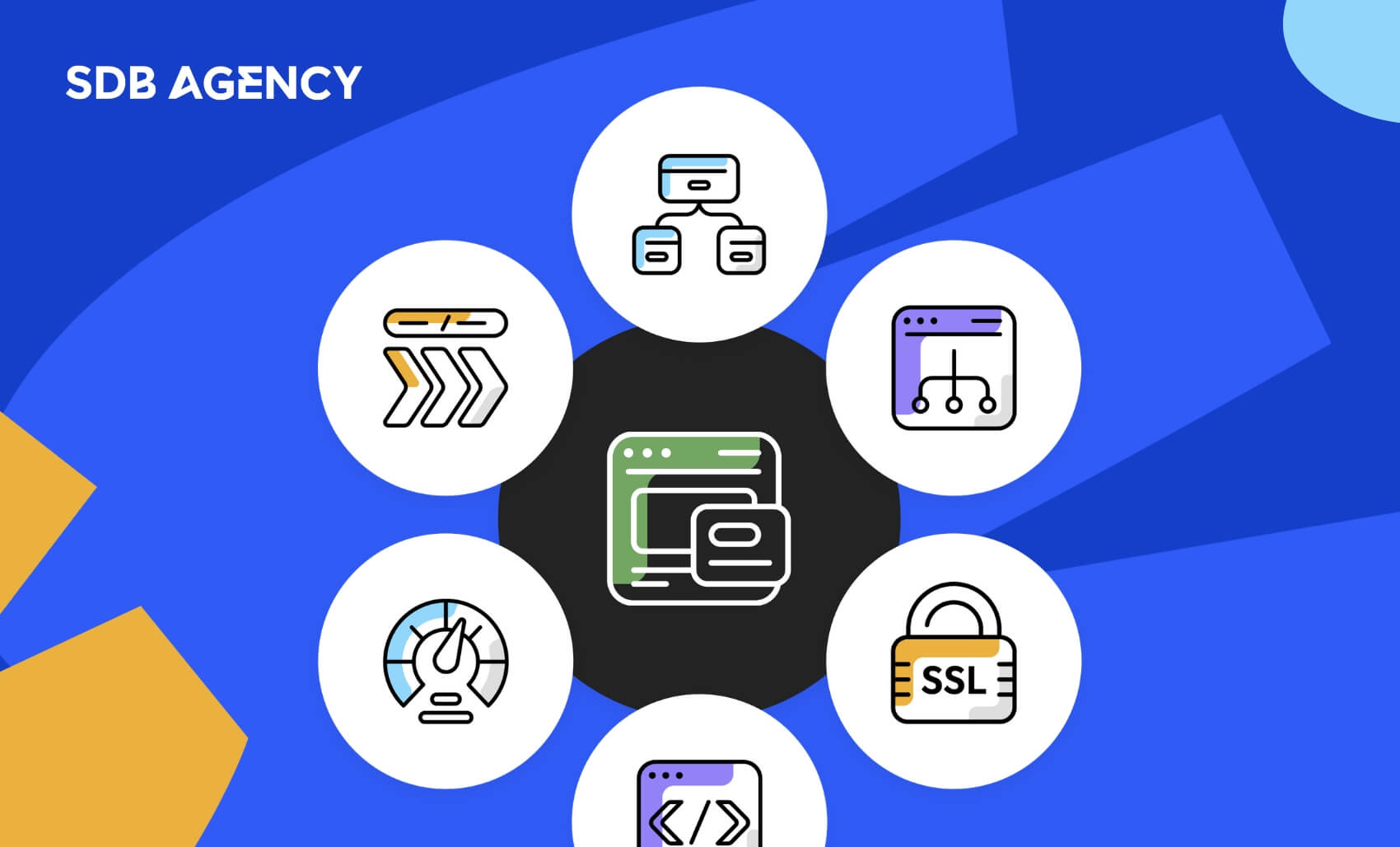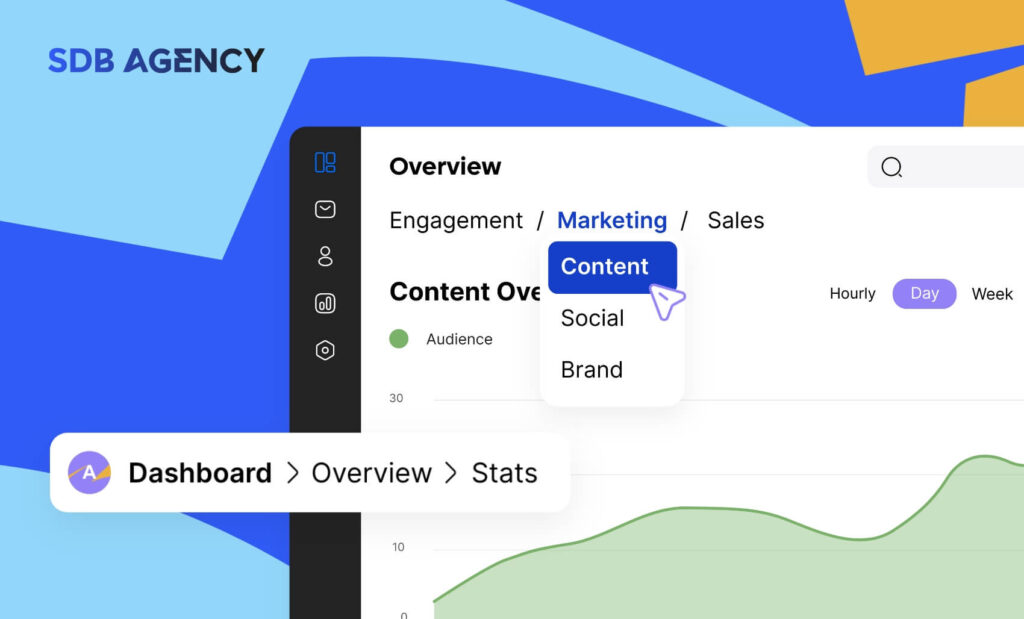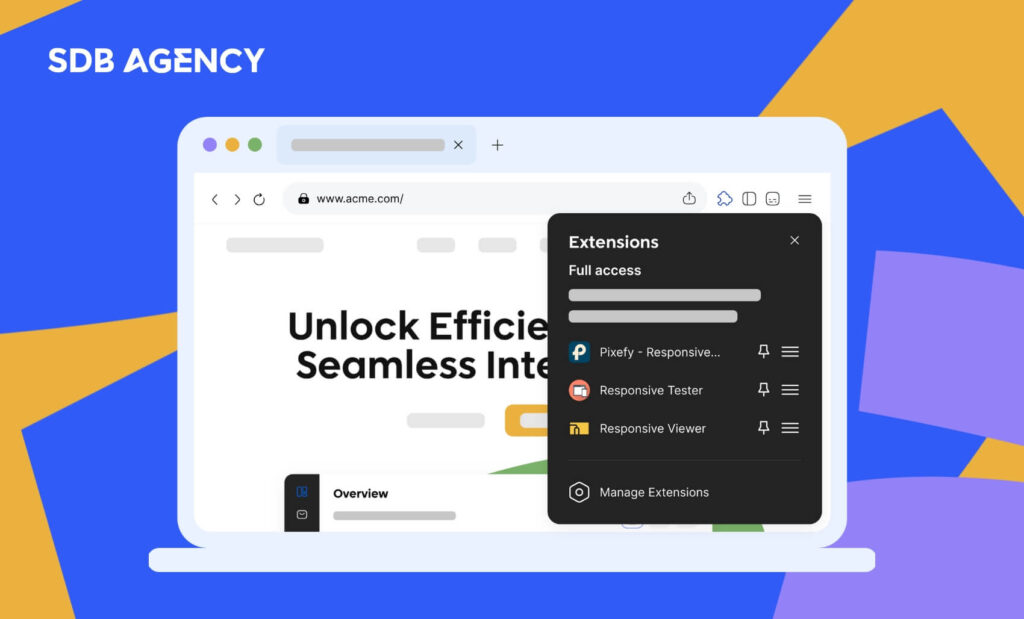Top Techniques for Effective Search Experience Optimization

Optimizing a website for SXO (Search Experience Optimization) requires in-depth knowledge of both SEO (Search Engine Optimization) and UX (User Experience). By implementing the proper techniques, you’ll create a valuable site for Google’s robots (or crawlers) and users. In this article, you’ll discover more about optimizing your site for SXO.
The aim of SXO
Are you still wondering if focusing on user experience optimization is worth it? Well, there are many things that SXO aims to achieve, including site speed and mobile friendliness, which are part of Google ranking factors. User engagement and satisfaction also play a significant role in search engine algorithms.
Quality SXO will lead to:
- Better user engagement – People will be less likely to leave your page if your page offers fast-loading times with smooth navigation. When users spend more time on your site, they’ll likely explore more of your pages and provide more interactions.
- Improved SERP positions – Google prefers user-friendly sites, so optimizing your SXO will result in better rankings when paired with SEO.
- Better conversion rates – Crafting a site that’s easy to navigate and focusing on the users’ approach will help eliminate roadblocks that prevent conversions, maximizing returns from other marketing efforts.
- Increased trust – A clunky site will harm credibility. Ensuring a good performance across your site will help grow your brand’s reputation as part of your customer retention strategy in the long term.
How is SXO related to SEO?
Search engine optimization (SEO) aims to improve the visibility and ranking or positioning of a website’s content. To do this, SEO specialists must use keyword selection, link building, quality content creation, and content optimization.
SEO has a more technical vision regarding content optimization, while SXO focuses on how users interact with a website. This involves ensuring an easy-to-navigate site has a good loading speed and that the content is valuable and relevant, which provides a positive experience for every user.
Search algorithms have grown more sophisticated as they now consider more factors than before, including user experience, which is where SXO comes in.
Unlike SEO, where marketers focus on attracting new users through visibility and positioning strategies, SXO aims to keep users active on the site and guide them to convert to real customers.
SXO could be considered as an evolution of SEO. Besides focusing on organic results through content optimization, it offers a positive experience to websites from the moment they land on your site until they find the answers to their problems or satisfy their needs.
How do you start optimizing your website for SXO?
Before you start optimizing a website for SXO, conduct an SEO audit. This can help you verify the advantages and disadvantages of your website, along with receiving implementation recommendations from experts.
Next, plan on researching keyword phrases based on your industry, which will help monetize your venture. Here are the tools you can use for keyword research:
- Ahrefs
- Senuto
- Ubersuggest
- Google Keyword Planner
- KWtool
After picking the right keywords, begin the technical tasks for improving your website. Now, let’s examine the technical changes in terms of SXO that are worth implementing to craft a comprehensively optimized site.
7 key SXO technical elements to implement on your site
Below is our list of the technical SXO elements you should consider to meet the requirements of search engines and users:
1. Intuitive website structure
Your site’s structure should reflect a logical hierarchy of information, which makes it easy to find the data users are looking for. Organize your content based on categories and subcategories, supported by an easy navigation system (by using menus or an internal search bar) to improve the user experience.
In addition, a properly designed website architecture will help search engines index your site better, resulting in better online visibility. While taking care of your site structure’s intuitiveness, use semantic labels that deliver the section’s content.
2. SSL certificate
An SSL certificate conducts a secure connection between the browser and the server to protect transmitted information from unauthorized access. This is crucial for sites that handle financial transactions or work with personal information. An SSL certificate is an element that affects SEO, which Google and other search engines prefer. It protects users’ data when making online purchases with payment cards.
3. Breadcrumbs
Breadcrumbs navigation, more commonly known as breadcrumbs, is an important component for improving site navigation. It offers a clear path for users to their current location, bringing seamless navigation back to previous sections without relying on the “Back” button on the browser.
In addition, breadcrumbs help search engines comprehend the site’s structure and hierarchy, leading to improved rankings in search engine’s organic results. Therefore, it’s crucial to incorporate this feature to enhance the site’s usability and visibility online.
4. CSS, HTML, and JavaScript code
Optimization of CSS, HTML, and JavaScript code is essential for quick loading and proper display across multiple devices. Therefore, it’s necessary to maintain a clean and well-organized code while removing unnecessary elements.
Techniques like compression and magnification of CSS and JavaScript files may also enhance performance significantly. This will accelerate load times, resulting in more satisfied users. According to recent data, websites usually load within 1.65 seconds by default.
5. Website performance
Your site’s performance is crucial in affecting user experience and positioning in search engine results. Optimizing your website’s loading time is important to ensure users will access your content quickly and minimize bounce rate.
In this case, minimize the size of the resources (such as images, script, and stylesheets) by using file compression and aggregation. Additionally, you can consider lazy loading. What’s more, this will improve the time of accessing the first content (first contentful paint) and the page’s interactivity (time to interact).
6. SXO-friendly URLs
Creating URLs that are readable for both users and search engines is crucial for enhancing SEO and user experience. Craft shorter URLs that are logical yet descriptive and include the main keywords that reflect the content’s pages.
These structures don’t only make the addresses easy to remember for users, but they also help search engine robots understand the content of your site better, resulting in improved indexing.
7. Schema markup
Using schema markup such as microdata, RDFa or JSON-LD on your website allows search engines to understand the context of published articles better. By accurately describing your page’s elements (events, articles, products, or reviews), indexing machines can assign relevant attributes to the data presented more efficiently.
This practice doesn’t just improve your site’s presentation in SERPs (Search Engine Results Pages) through rich snippets but also increases the chances of more effective optimization for SEO. Thus, schema markup implementation is an excellent investment for site visibility, enabling your site to stand out in organic results and better match user queries.
Conclusion
Now that you know the best SXO techniques for your website, it’s time to put your knowledge into practice. It may seem daunting, but if you pull it off correctly, it will result in more website traffic and increased conversion, which eventually brings in more revenue.
However, remember that there is no one-size-fits-all solution – as what works for one business may not work for another. Therefore, remember to test different tactics and discover which ones will bring the best results. Also, as your business grows and changes, you must adapt your strategy accordingly by staying up to the latest trends and keep testing your site until you find the perfect recipe for your business’ success.




